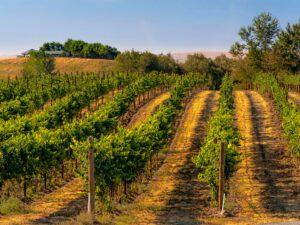
All You Need To Know About Washington Wine Country
When you picture Washington State, do you imagine rolling desert hilltops lined with vineyards and bountiful sunlight? Probably not. Most of us
Welcome to the new Grape Grind website!
Celebrate with 10% OFF Guides! Code: GUIDES10
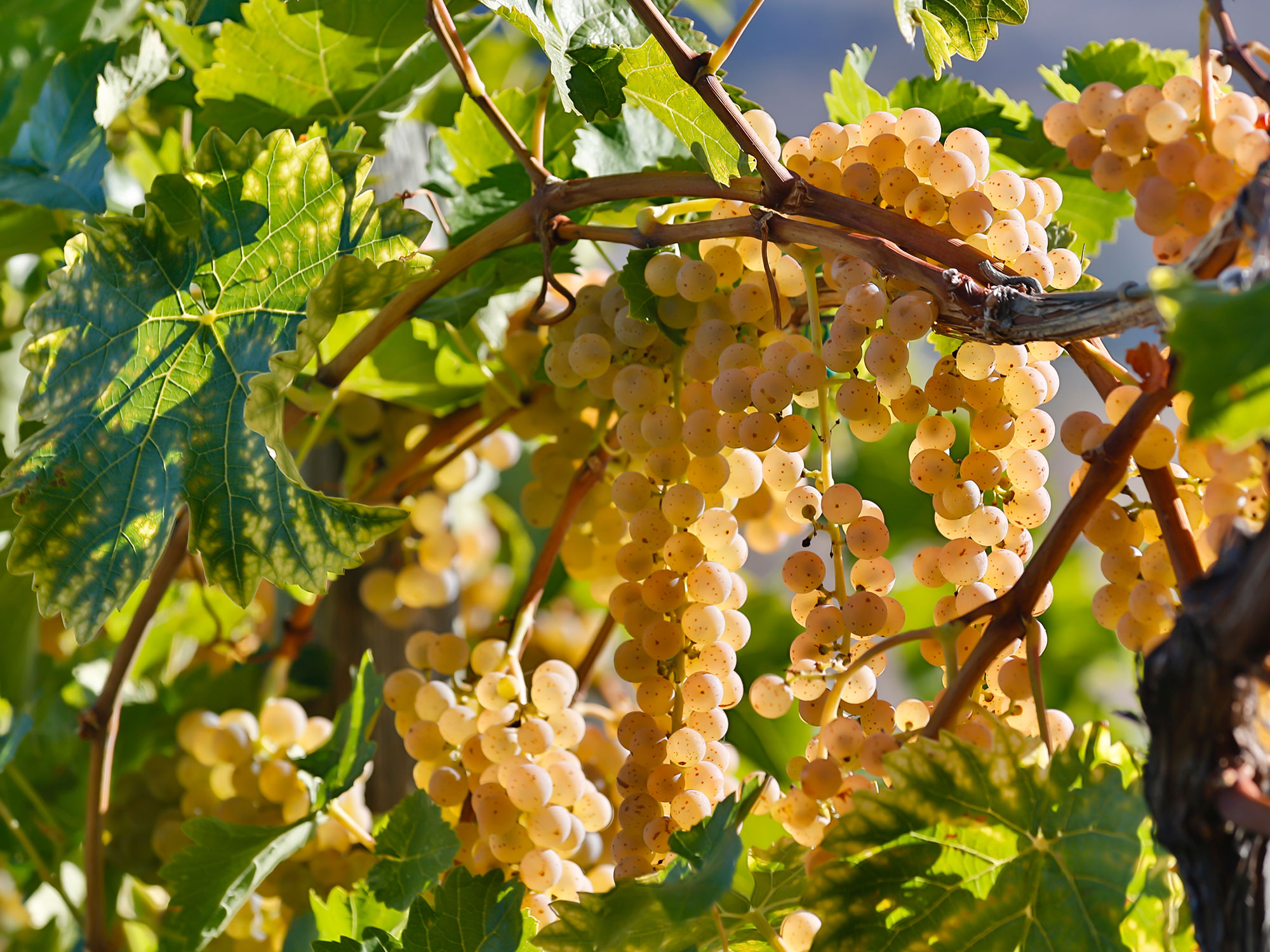
As the wine industry grows across the United States, hybrids have become way more trendy.
A hybrid grape is produced from two different species of grapes: Vitis Vinifera and usually a native American grape. Vitis Vinifera includes the traditional European wine grapes that we all love —Cabernet Franc, Syrah, Chardonnay, Sauvignon Blanc. …You get the picture. The most prominent native American grape is Vitis Riparia followed closely by Vitis Aestivalis.
I don’t know any place in the world that wants to be left out of the wine industry, but not every place in the world is suitable for growing traditional European wine grapes. That’s where hybrids come in. When the vines of the varietals we know and love are grafted onto the rootstock of American vines, they become more resistant to diseases, pests and frigid weather.
High quality wines from hybrid grapes are now being produced in both prominent and obscure locations in the United States as well as Canada.
Here are the top 10 Hybrids you should try.
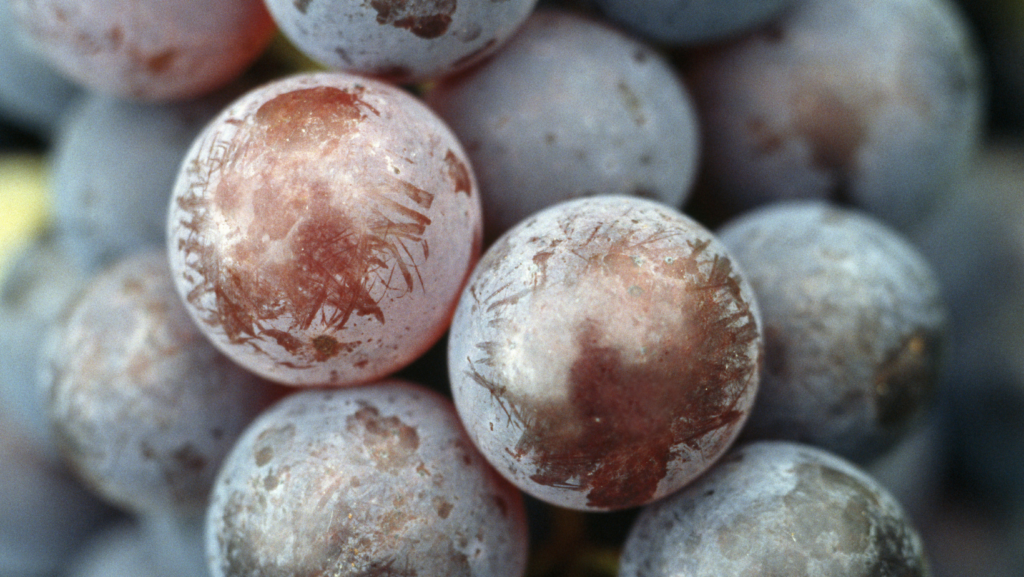
Chambourcin is a medium-bodied red wine with fruit-forward character and rich notes of dark berries and plums supported by earthy undertones. It is a unique red wine without a strong vinifera counterpart. The major producers of Chambourcin are in the Mid-Atlantic states of New Jersey, Pennsylvania, and Maryland, but they are successfully grown in the Midwest and in cooler parts of the Southwestern United States. If you like Cabernet Sauvignon, try Chambourcin!
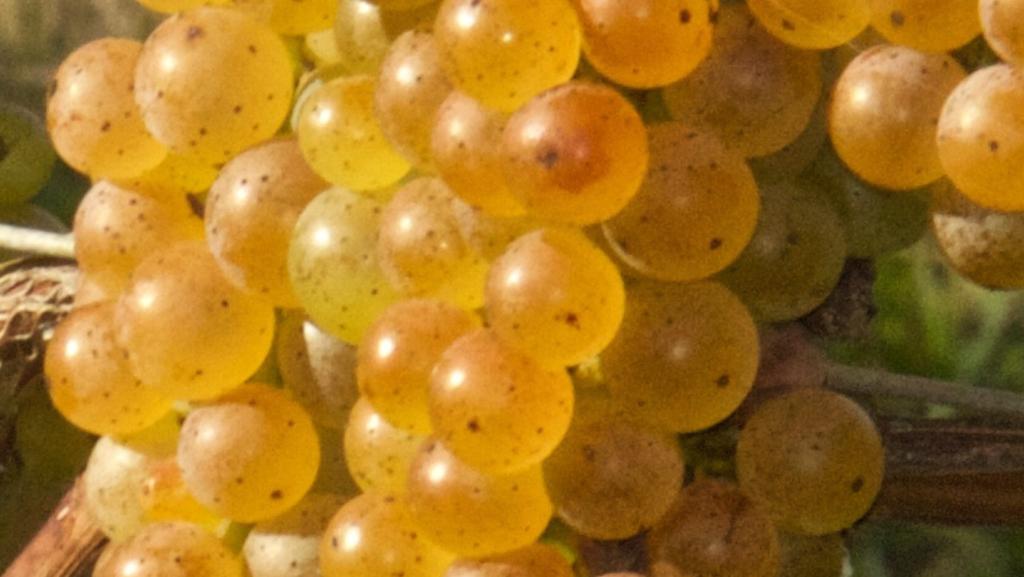
Vidal Blanc is one of my favorite hybrid wines. It is an aromatic white wine with tropical fruit flavors. It can be made in many styles, including Ice Wine. In the United States, Vidal Blanc is grown primarily in New York, Rhode Island, and Ohio but can be found in many other cold climate states. Ontario, Quebec, British Columbia, and Nova Scotia also produce delicious Vidal Blanc still wines and Ice Wines. Fun fact, Vidal Blanc is also grown is Sweden just 500 miles from the Arctic Circle.
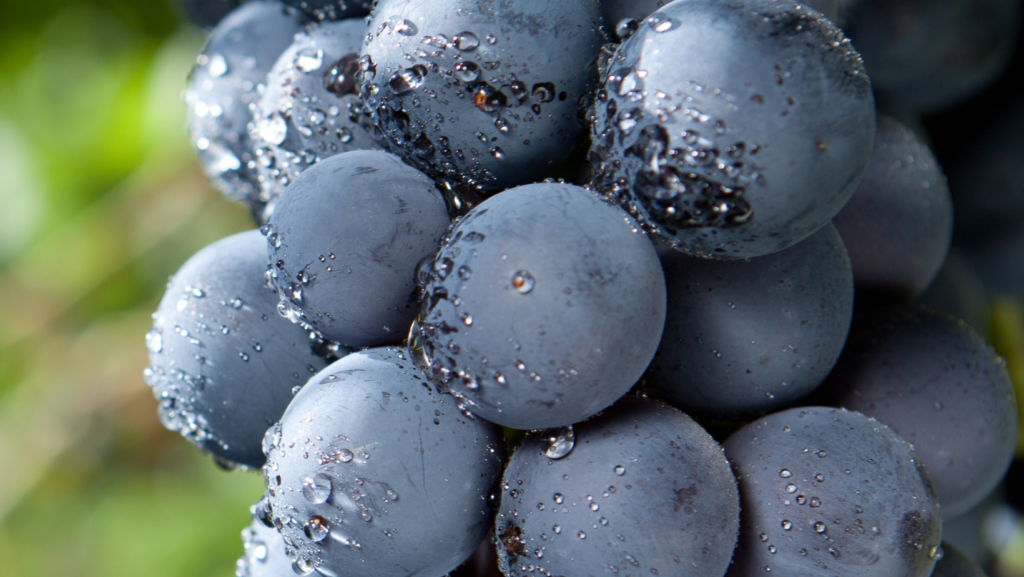
Marquette loves cold, cold climates. The most popular regions for Marquette are Vermont, Minnesota, and Wisconsin. Cherry, blackberry, and spice are the most common aromas in this light to medium-bodied red wine. Marquette was developed at the University of Minnesota and is considered to be the closest, in aromas and flavors, to a traditional red vinifera wines.
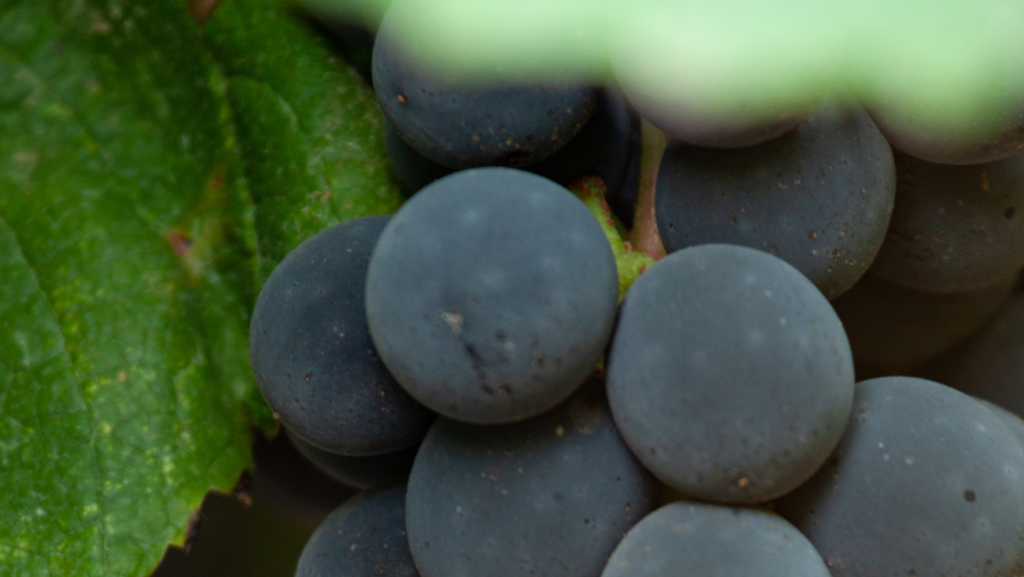
Norton, also known as Cynthiana, is my personal favorite of all the hybrids. It originated in Virginia but is most well-known for its production in Missouri. It is a rich, full-bodied red wine with flavors of blackberries, plums, and chocolate often with a hint of violet. Norton is a uniquely American wine and cannot be compared to any traditional vinifera red wine.
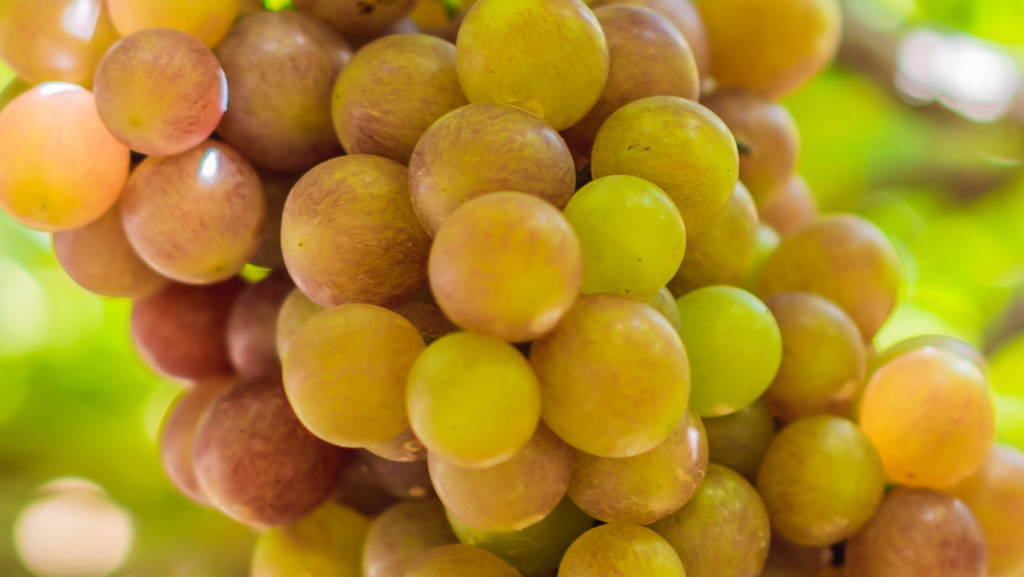
Traminette is rapidly growing in popularity across the Midwest and Southwestern United States. Think Gewürztraminer and you’ll have a pretty accurate profile of Traminette—and that makes sense because ‘the grape doesn’t fall far from the vine’ – Gewürztraminer is one of Traminette’s parents! The flavors of Traminette are often elusive and heavily dependent on where the grapes are grown. Wine enthusiasts cannot agree on whether it is more floral, fruity, or spicy but they can agree that it is delicious made in any style from dry to sweet.
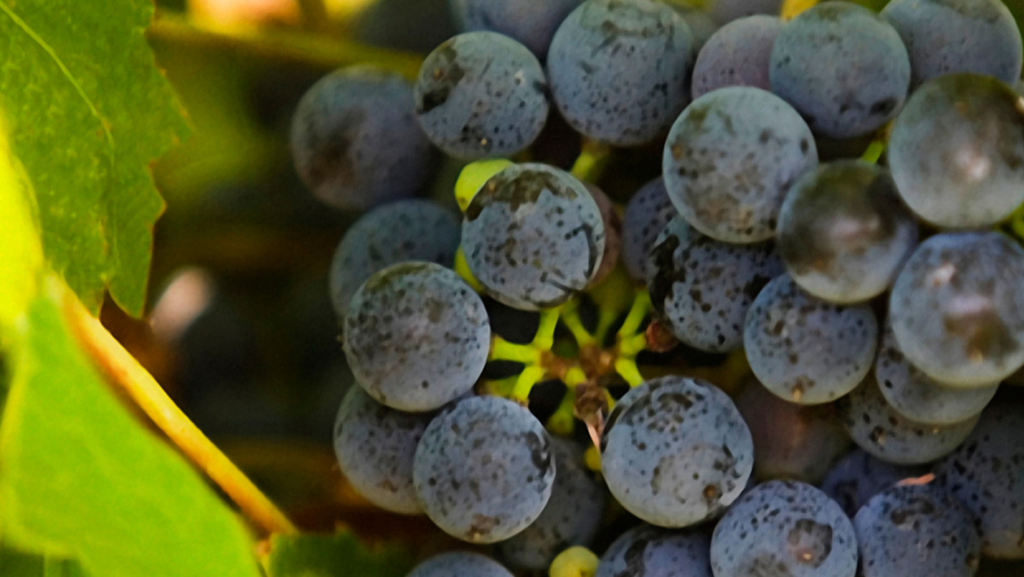
Frontenac, a red wine with very forward cherry and plum flavors, has a sister called Frontenac Gris (Blanc). Gris/Blanc has bright fruity flavors of peach, pineapple, and nectarine with bright citrus and notes of honey. Frontenac is popular in the Midwest and Northern United States, as well as Canada. Red Frontenac is similar to a Pinot Noir while Frontenac Blanc is often compared to Chenin Blanc.
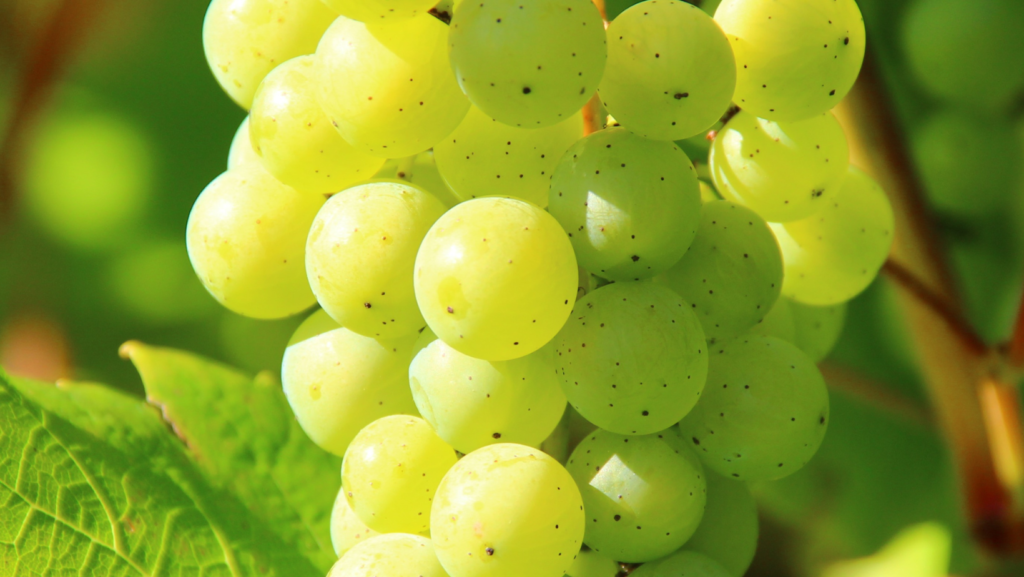
Cayuga White has become well-known because of its production in the ever-popular Finger Lakes region of New York. This light-bodied white is full of bright citrus, melon, and luscious tropical fruits. Cayuga White is most often compared to Riesling.
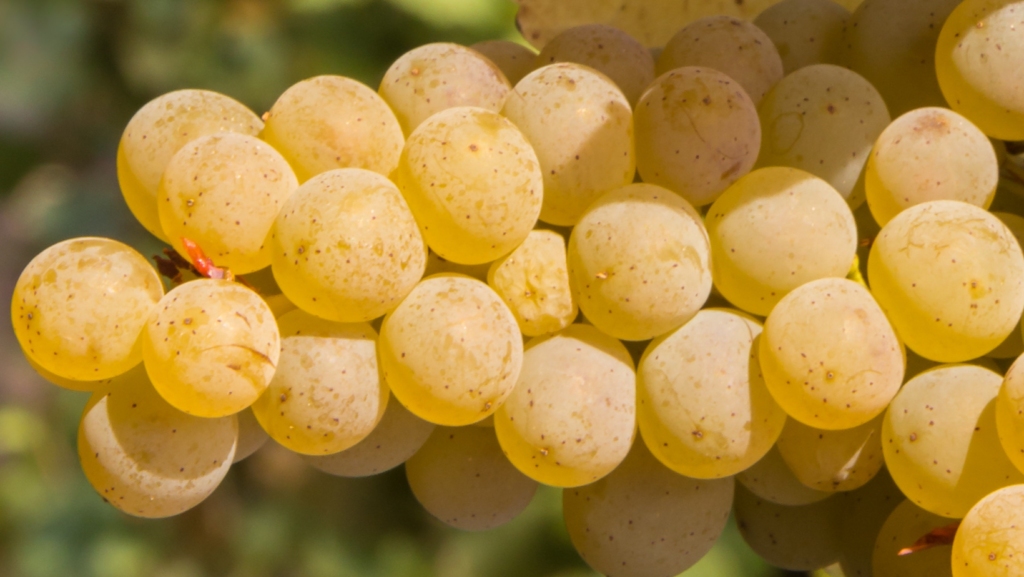
La Crescent is a crisp, aromatic white produced primarily in the Upper Midwest, and North Atlantic regions of the United States. Developed at the University of Minnesota to withstand the harsh winters, La Crescent has a vibrant acidity with aromas of apricot, peach, and orange blossom. Muscat is the traditional wine that most compare to La Crescent.
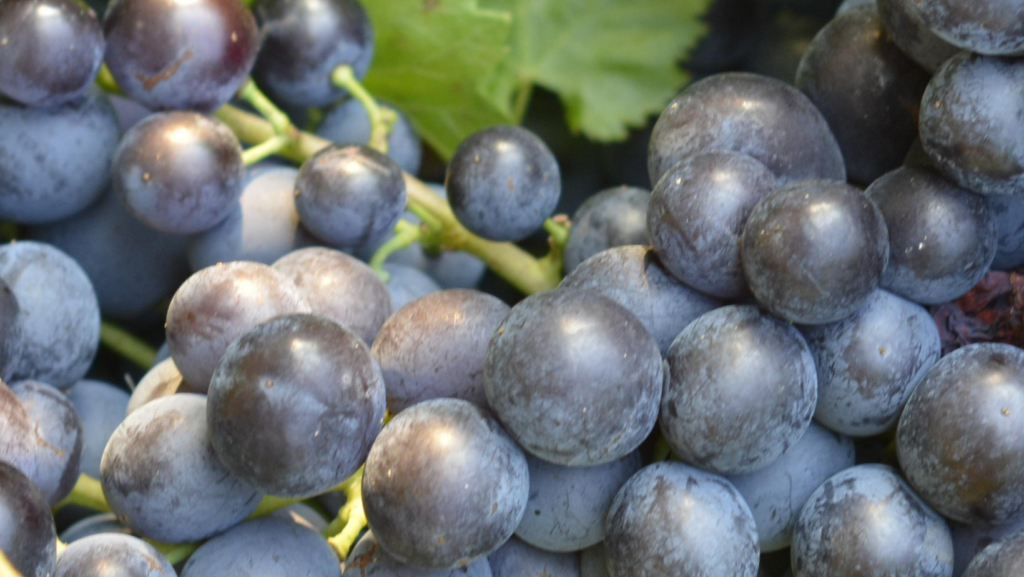
Baco Noir is another one of my favorite hybrids. It is very popular on the Niagara Peninsula in Ontario but is expanding rapidly across the United States. It can be found in Michigan, northern New Mexico, Colorado, and even in a small experimental vineyard of the Sonoma Coast. Baco Noir is a medium-bodied red wine with dark fruit, and smoky, earthy notes. It is becoming popular among producers to age Baco Noir in bourbon barrels. Baco Noir is often compared to Pinot Noir but is far less finicky.
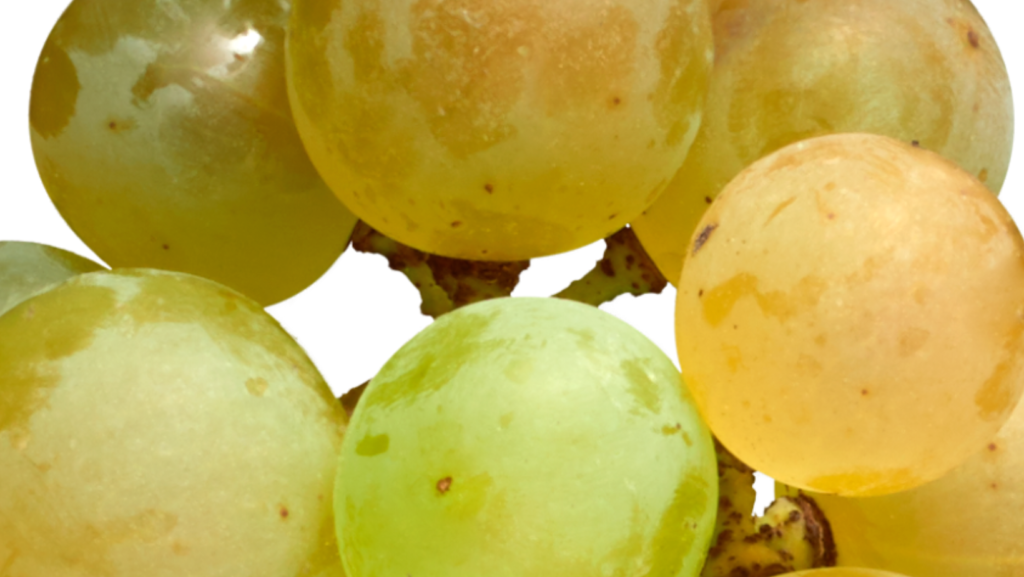
Seyval Blanc, often compared to Sauvignon Blanc, has a crisp, clean citrus and green apple flavor profile with notes of hay and a refreshing minerality. Seyval Blanc is most popular in the Mid-Atlantic, New England, and parts of Canada.
Hybrid wines are versatile, environmentally resilient, and produce unique flavor profiles that are distinctly different from traditional vinifera wines. When you choose a hybrid wine, you are promoting sustainability and healthier vineyards. Hybrid wines require less intervention by the winemaker and make great natural wines. Most importantly, hybrid wines promote and support local small businesses and make it possible for people in climate-challenged regions to enjoy their own regional wines.
If you’re looking to try something different this year, make your next bottle a hybrid wine!
Not into Hybrids? Click Here to explore all the Vitis Vinifera varieties!


When you picture Washington State, do you imagine rolling desert hilltops lined with vineyards and bountiful sunlight? Probably not. Most of us
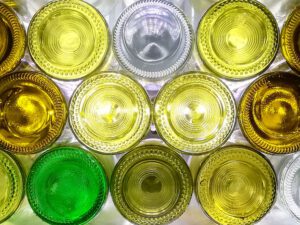
The history of the wine bottle is rooted in innovation, yet today, the growing trend in sustainable packaging leaves many wineries to
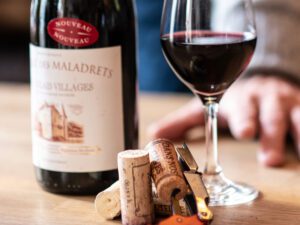
Everything you need to know about the region’s “Nouveau wines”, “Premium wines” and future
No matter your current skill level, we can help you improve – pass that exam, share your wine knowledge with others, guide your buyers, enhance your guests’ experience, and show up with confidence and credibility as a wine professional!
Want to get better at tasting wine?